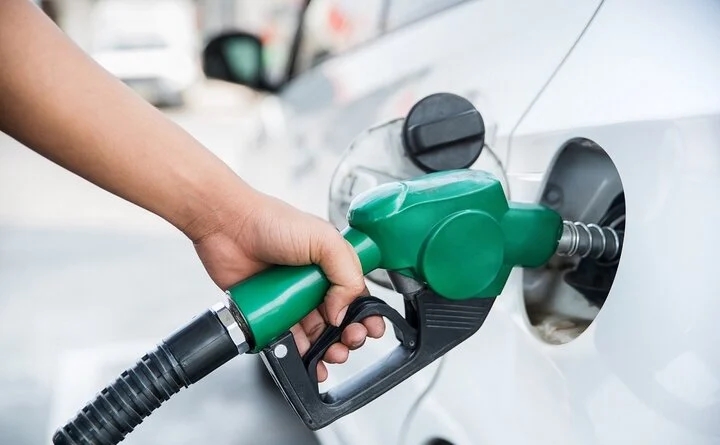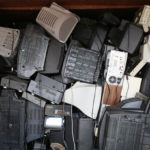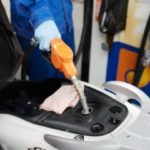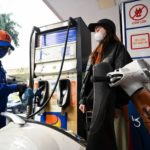According to experts, the gas tank is always designed along with the pump so that when the fuel reaches a sufficient level, the pump will automatically shut off. Any excess gasoline will be drawn back into the tank by a small tube. Therefore, topping off the gas tank may cause users to pay more than the actual amount of gas being added.

Do not fill the gas tank to the brim because it can easily cause fire, explosion, and environmental pollution. (Photo: Báo Công Thương).
Putting excessive pressure on the fuel tank
In reality, heat causes the gasoline to expand. Therefore, filling the tank with too much gas will put unnecessary pressure on the vehicle’s fuel tank.
Moreover, when the gas tank is overfilled, the vapor recovery system cannot function properly. At this point, the activated carbon filter must draw in liquid fuel, which can cause damage. Furthermore, when there is no space for air to vaporize inside the tank, it is highly likely that the components will become defective.
Creating potential fire and explosion hazards
Gasoline spills can easily spark a fire or explosion, especially on hot days.
Causing potential damage to components
Gasoline expands when heated. Hence, an excessive amount of gas will put unnecessary pressure on the vehicle’s fuel tank. Nowadays, some car manufacturers have designed gas tanks with activated carbon filters to minimize vapor emission, collect gasoline vapors, and return them to the combustion chamber.
An overflowing gas tank will prevent this system from performing its task and will cause damage to the activated carbon filter due to its contact with liquid. Moreover, filling the gas tank to the brim also leaves no space for air to vaporize within the tank, potentially leading to component malfunctions.
Causing environmental pollution
Overfilling the gas tank can result in spills, which will then evaporate and react with sunlight to create smog. This smog harms the ozone layer, a membrane that shields the Earth from harmful UV rays. Inhaling this smog can also be detrimental to human health.
Reducing the aesthetics of the vehicle
If the gas tank is filled to the brim, excess gasoline may overflow and spill onto the vehicle’s surface, damaging the paint. In the long run, yellow stains may appear around the gas tank opening if the vehicle is not cleaned thoroughly, and these stains can be difficult to remove.
According to VTC news





































